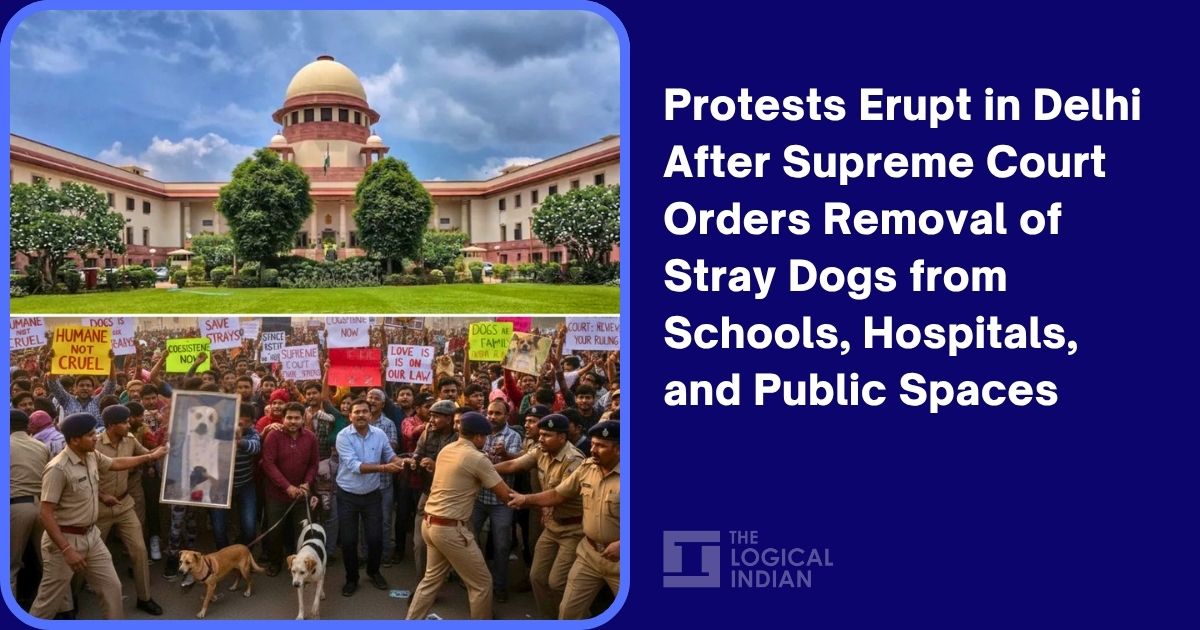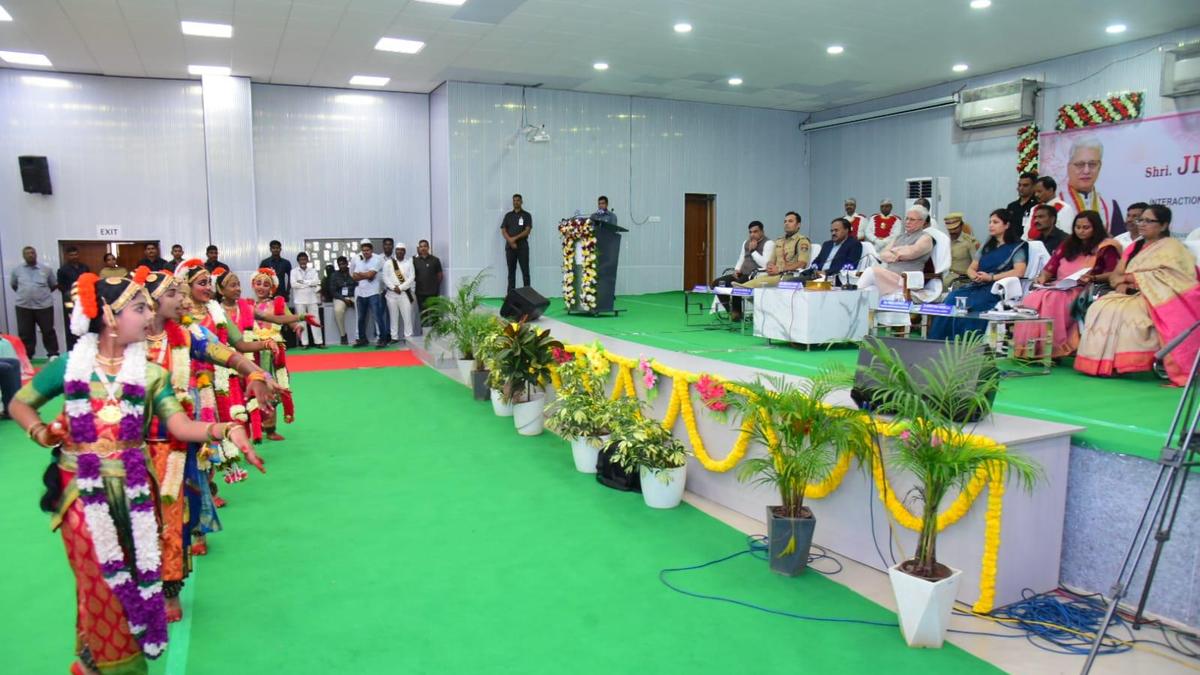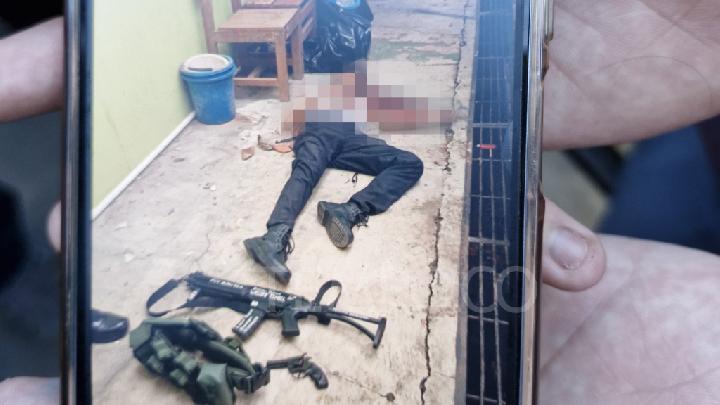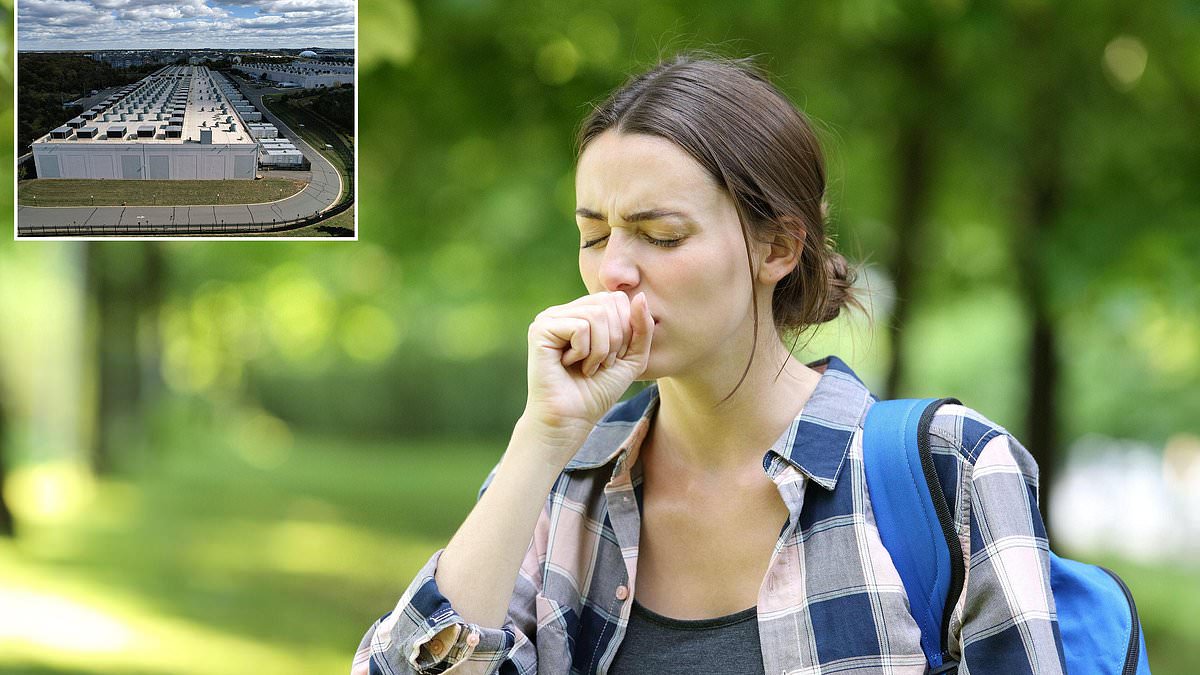Copyright thelogicalindian

Protests have erupted nationwide and especially in major cities like Delhi after the Supreme Court of India’s recent directive to remove stray dogs from schools, hospitals, and other public spaces. Issued on November 7, 2025, in a suo motu case addressing the alarming rise in dog bite incidents, the ruling commands local authorities to remove stray dogs from educational institutions, hospitals, bus stands, railway stations, and public sports complexes. The dogs are to be sterilised, vaccinated, and relocated to designated shelters, with explicit orders prohibiting their return to the locations from where they were picked up. This landmark decision emphasises public safety but has also ignited controversy due to the collateral impact on animal welfare advocates and citizens who feed and care for these animals. In Delhi, where animal rights activists gathered at landmarks such as India Gate holding banners and demanding humane treatment of strays. Many protesters were detained by police, reflecting deep public division on the issue. The protests underscored a growing backlash against what many called “inhumane and unscientific” policies, with slogans evoking cultural and emotional ties to dogs as protectors and companions. The Court’s Order and Its Implementation The three-judge bench comprising Justices Vikram Nath, Sandeep Mehta, and N.V. Anjaria delivered the ruling to curb the “alarming rise” in dog bite incidents, which peaked at over 1.7 million cases nationwide in 2024. The court mandated state governments and municipal bodies to identify all relevant public spaces within two weeks and ensure the removal and relocation of stray dogs within eight weeks. Authorities are also directed to fence these premises to prevent stray dogs from re-entering these areas, appoint nodal officers for oversight, and conduct periodic inspections. Significantly, the court clarified that dogs once relocated must not be released back into the same neighbourhoods, a shift from previous rulings that allowed sterilised dogs to be returned. Justice Mehta articulated the court’s rationale: “Allowing dogs back to these sites would frustrate the very purpose of securing these environments and protecting public safety.” The court also cautioned that obstruction of authorities’ efforts to capture and relocate dogs would result in legal consequences for individuals or organisations. This stringent stance aims to safeguard vulnerable groups such as children and hospital patients, who face heightened risk from stray dog attacks. The court has set a deadline of January 13, 2026, for compliance reports from local authorities. Community Conflicts and Human Costs The enforcement of this order has already revealed harsh realities on the ground. Many animal feeders, rescuers, and volunteers, who have long tended to stray dogs abandoned by failing systems, report being detained or threatened by police acting under the new rules. These individuals, often seen as the last line of support for stray animals, find themselves accused of criminal acts simply for feeding or sheltering dogs. A rescuer shared an experience of police questioning that felt more like intimidation than inquiry: “They asked, ‘Why are you here? Who sent you despite the Supreme Court order?’” Such incidents expose a deep rift between law enforcement’s interpretation of the order and the compassionate role of community caregivers. Additionally, animal welfare groups highlight the lack of sufficient infrastructure to accommodate forcibly relocated dogs. Existing shelters are reportedly overcrowded, raising concerns about the welfare and health of animals suddenly uprooted from familiar environments. Critics warn that the seizure and relocation, without proper long-term care planning, risks violating animal rights and causing unnecessary suffering. They also argue that sterilisation and vaccination efforts should continue as a humane and effective strategy rather than immediate removal, a position rooted in the Animal Birth Control (ABC) Rules 2023. Judicial Background and Evolving Orders The Supreme Court’s current directive contrasts with earlier rulings which permitted sterilised and vaccinated dogs to be released back to their original locations after treatment. The controversy gained momentum in July 2025 when the court took suo motu cognisance of a Times of India report titled “In a city hounded by strays, kids pay the price,” spotlighting rising bite incidents in urban areas. Initial orders focused on sterilisation but eventually shifted toward total removal from public premises due to escalating safety concerns. In August 2025, the court’s order to relocate all strays without releasing them back to streets sparked legal challenges and widespread debate. A three-judge bench subsequently relaxed parts of the earlier directive, allowing the release of sterilised dogs except those deemed rabid or aggressive. Nevertheless, the November 7 judgment reinstates the strict removal policy, clarifying that the non-release rule applies specifically to institutional and public spaces and supersedes previous leniency. The court has thus attempted to maintain a balance between public safety and animal welfare through a phased regulatory approach. The Logical Indian’s Perspective The Supreme Court’s focus on public safety is essential, but the current approach risks undermining social empathy and community cohesion by criminalising the very citizens who care for stray animals. Compassionate coexistence between humans and animals requires solutions that respect the dignity and welfare of both. Instead of punitive actions that create fear and conflict, collaborative efforts among government bodies, animal welfare groups, and local communities are crucial to develop humane, sustainable strategies. These may include expanding shelter capacities, establishing dedicated feeding zones, and raising public awareness on responsible animal care.



